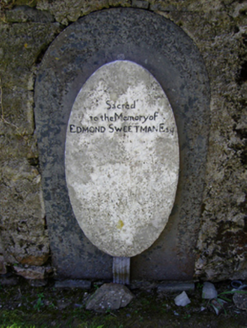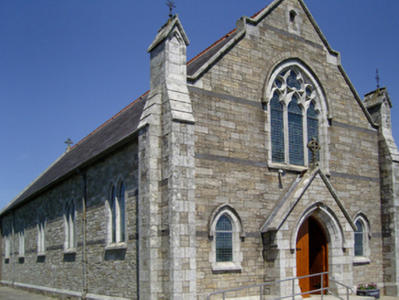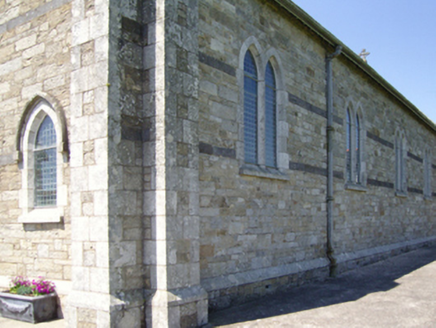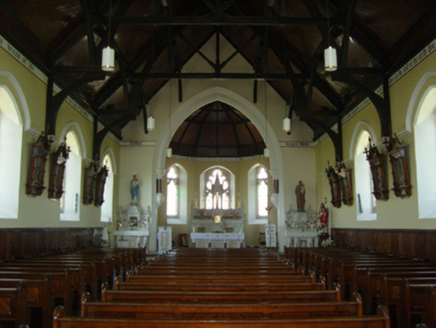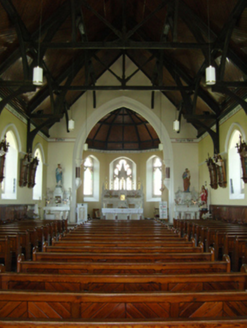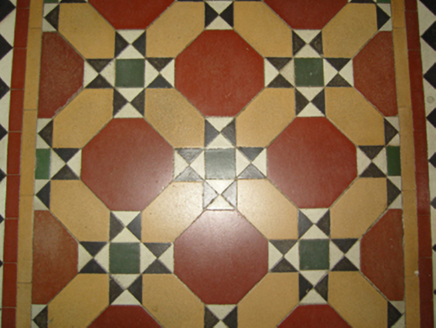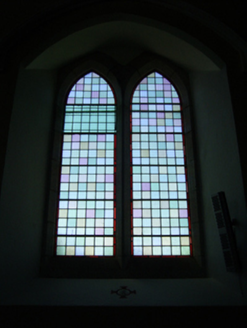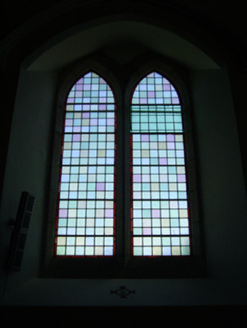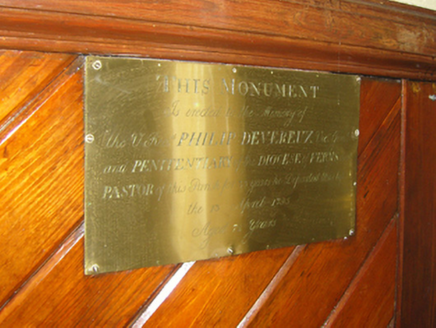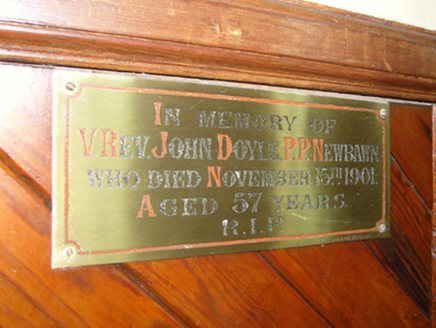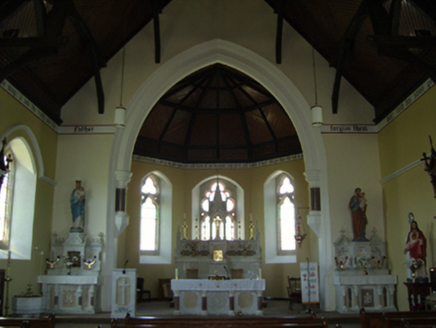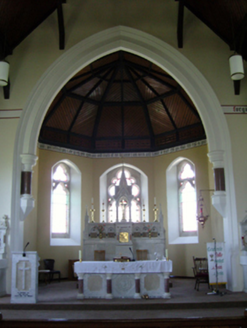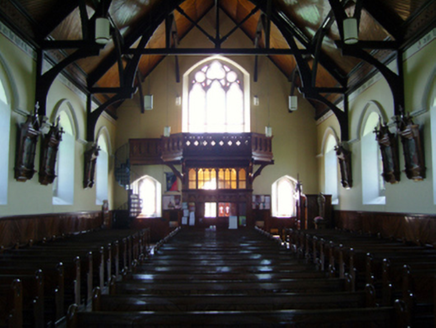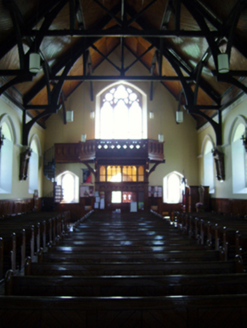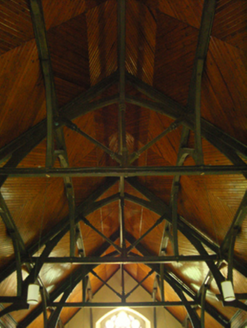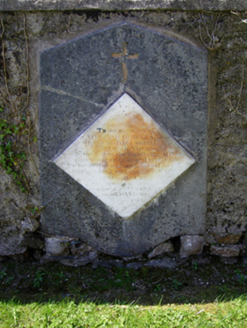Survey Data
Reg No
15703524
Rating
Regional
Categories of Special Interest
Architectural, Artistic, Historical, Social, Technical
Original Use
Church/chapel
In Use As
Church/chapel
Date
1885 - 1900
Coordinates
282450, 121916
Date Recorded
11/09/2007
Date Updated
--/--/--
Description
Detached six-bay double-height Catholic church, built 1889-96; dated 1889; dedicated 1896, on a rectangular plan comprising five-bay double-height nave opening into single-bay double-height apse (north) on a half-octagonal plan with single-bay single-storey gabled advanced porch to entrance (south) front. Renovated, 1965, with sanctuary reordered. "Restored", 1985. Pitched slate roof with half-octagonal slate roof (north), trefoil-perforated crested terracotta ridge tiles, cut-granite coping to gables with Celtic Cross finials to apexes, and cast-iron rainwater goods on timber eaves boards on exposed timber rafters retaining cast-iron square profile downpipes. Tooled cut-limestone banded tuck pointed coursed or snecked rubble stone walls on benchmark-inscribed cut-granite chamfered cushion course on plinth with cut-granite flush quoins to corners; tooled cut-limestone banded tuck pointed coursed or snecked rubble stone surface finish to entrance (south) front on cut-granite chamfered cushion course on plinth with gabled finial-topped clasping buttresses to corners having cut-granite "slated" coping. Lancet window openings in bipartite arrangement with cut-granite sills, and cut-granite block-and-start surrounds having chamfered reveals framing storm glazing over fixed-pane fittings having stained glass margins centred on square glazing bars. Cusped lancet window openings to apse (north) centred on trefoil-headed pointed-arch window opening, cut-granite block-and-start surrounds having chamfered reveals with hood mouldings over on monolithic label stops framing storm glazing over fixed-pane fittings having stained glass margins centred on square glazing bars. Pointed-arch door opening to entrance (south) front, cut-granite block-and-start surround having chamfered reveals with hood moulding over on monolithic label stops framing timber boarded double doors. Lancet flanking window openings with cut-granite sills, and cut-granite block-and-start surrounds having chamfered reveals with hood mouldings over on monolithic label stops framing storm glazing over fixed-pane fittings having stained glass margins centred on square glazing bars. Pointed-arch window opening to gable with cut-granite sill, cut-granite mullions, and cut-granite block-and-start surround having chamfered reveals with hood moulding over on monolithic label stops framing storm glazing over fixed-pane fittings having stained glass margins centred on square glazing bars. Interior including vestibule (south) with encaustic tiled floor; square-headed door opening into nave with glazed timber panelled double doors having sidelights on panelled risers below overlights; full-height interior open into roof with perforated timber panelled choir gallery (south) on a half-octagonal plan below frost glass "South Window", encaustic tiled aisles between timber pews, diagonal timber boarded or tongue-and-groove timber panelled wainscoting supporting carved timber dado rail, paired timber stations between frosted glass windows, pair of polished brass wall monuments (ob. 1795; 1901), exposed pointed-arch braced Hammerbeam timber roof construction on cut-granite corbels with pointed-arch wind braced diagonal timber boarded or tongue-and-groove timber panelled ceiling in carved timber frame on perforated frieze, and carpeted stepped dais to sanctuary (north) reordered, 1965, with pointed-arch chancel arch framing cut-veined white marble panelled high altar below frosted glass "North Window". Set in landscaped grounds with cruciform-detailed granite ashlar piers to perimeter having cut-granite truncated pyramidal capping supporting wrought iron double gates.
Appraisal
A church erected to a design by William Hague (1836-99) of Dawson Street, Dublin (Irish Builder 1896, 210), representing an important component of the late nineteenth-century ecclesiastical heritage of County Wexford with the architectural value of the composition, one succeeding 'a spacious modern cruciform structure [1806]' marked on the first edition of the Ordnance Survey (surveyed 1840; published 1841; Lewis 1837 II, 423-4), confirmed by such attributes as the compact rectilinear plan form, aligned along a liturgically-incorrect axis; the construction in honey- and teal-coloured fieldstone offset by Collop's Well granite dressings not only demonstrating good quality workmanship, but also producing a mild polychromatic palette; and the slender profile of the coupled openings underpinning a "medieval" Hard Gothic theme with the polygonal apse defined by cusped "North Windows". Having been well maintained, the elementary form and massing survive intact together with substantial quantities of the original fabric, both to the exterior and to the interior reordered (1965) in accordance with the liturgical reforms sanctioned by the Second Ecumenical Council of the Vatican (1962-5) where contemporary joinery; polished brass monuments commemorating Reverend Philip Devereux VG (d. 1795) and Reverend John Doyle PP (d. 1901); and a "flèche"-topped high altar, all highlight the artistic potential of the composition: meanwhile, an exposed Hammerbeam roof construction pinpoints the engineering or technical dexterity of a church making a pleasing visual statement in a rural village setting.
